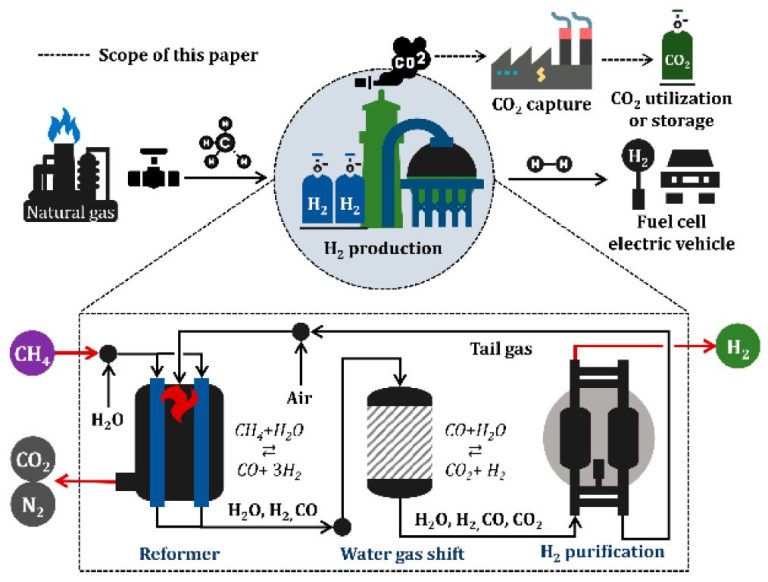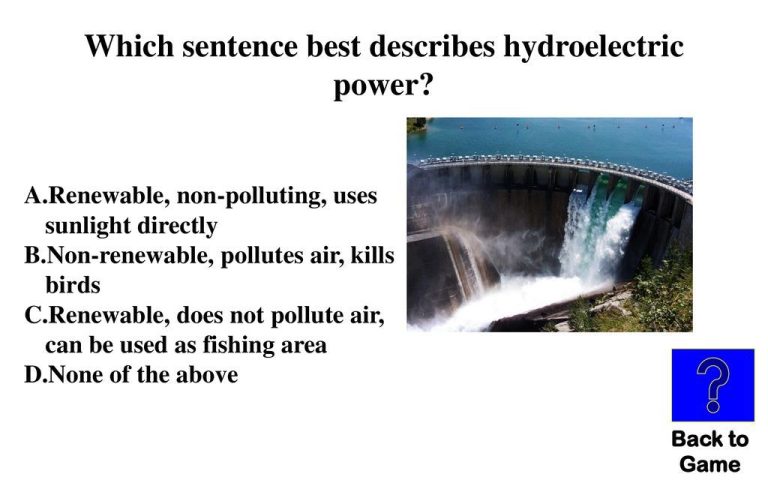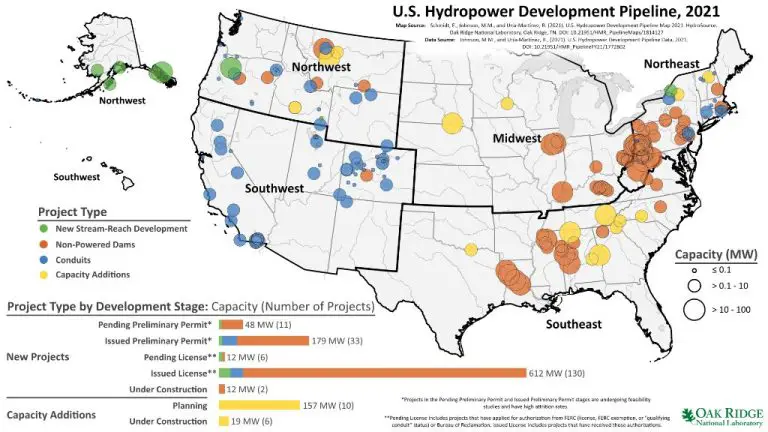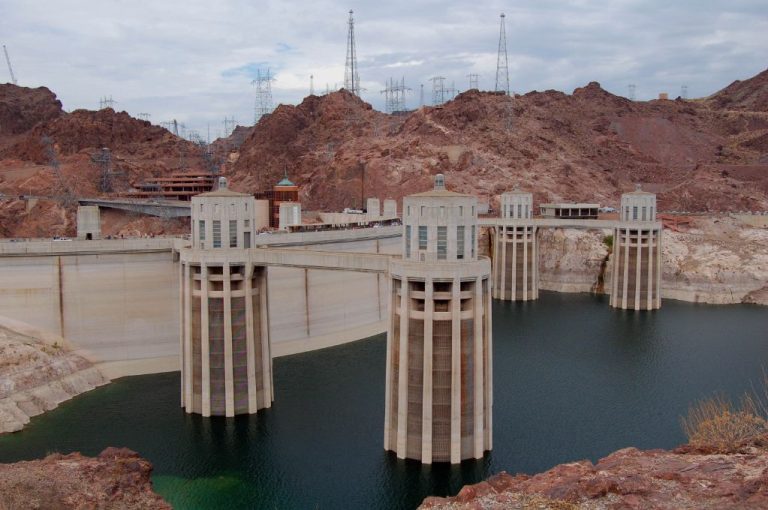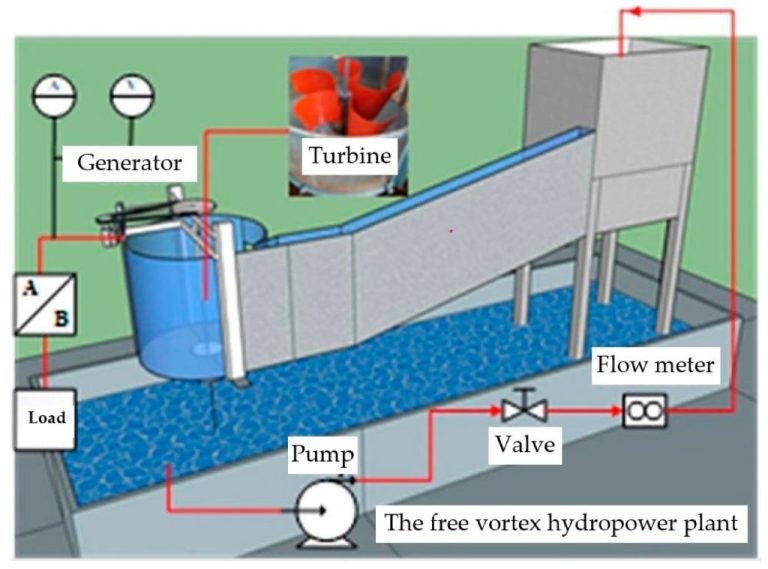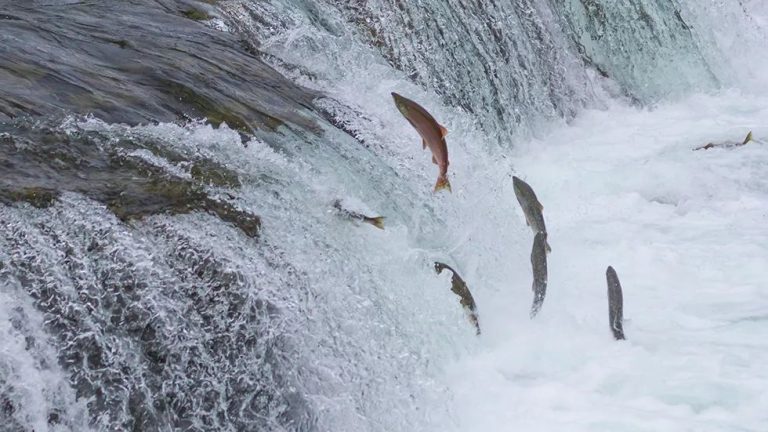How People Harness The Energy From The Hydrothermal Energy?
What is Hydrothermal Energy?
Hydrothermal energy refers to the heat energy generated and stored in the Earth. It originates from the original formation of the planet, the radioactive decay of minerals, and the continued decay of radioactive elements. The geothermal gradient is the rate of increasing temperature with depth within the Earth. On average, temperature rises 1°C for every 30-50 meters in depth.
The high temperatures deep below the surface heat up water that fills cracks and pores in rock. This heated water collects in underground reservoirs, forming hydrothermal resources. Areas with high heat flow tend to have more abundant hydrothermal resources. Hydrothermal reservoirs are typically found along tectonic plate boundaries, volcanic regions, and hot spots under the Earth’s crust.
Hydrothermal resources offer a huge source of renewable energy that can be harnessed for power generation and direct heating applications. The high-temperature hydrothermal fluids provide a flexible energy source that can be utilized in various ways.
How Hydrothermal Energy is Formed
Hydrothermal energy originates deep within the Earth’s crust from two key processes – volcanic activity and water circulation. The Earth’s core is extremely hot, reaching temperatures of 4000-7000°C. This heat radiates outwards towards the Earth’s surface. In some areas, magma chambers and volcanic activity bring heat even closer to the surface.
Water also plays a critical role. Rainwater seeps miles below the Earth’s surface, where it is heated by the rocks. This causes the water to take on thermal energy as it circulates through porous rock, fractures, and fault zones. When the hot water rises back up towards the surface, it brings its stored thermal energy with it. This creates areas known as geothermal reservoirs.
The combination of volcanic/tectonic processes and water circulation leads to the formation of hydrothermal resources. This natural concentration of heat beneath the surface is what makes hydrothermal energy possible. Resources are typically found along major plate boundaries, volcanic arcs, and mantle plumes where volcanic activity brings heat closer to the surface.
Methods to Harness Hydrothermal Energy
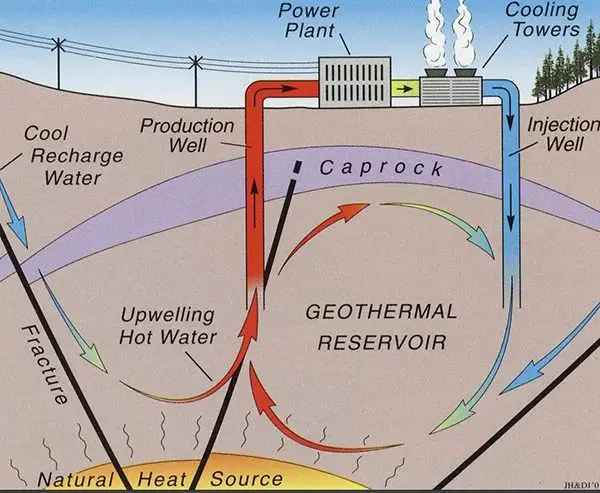
There are several ways to utilize the heat energy from hydrothermal reservoirs, including:
Geothermal Power Plants
Geothermal power plants are used to generate electricity from hydrothermal resources. They tap into naturally occurring reservoirs of hot water or steam located deep underground. Wells are drilled into the geothermal reservoirs to provide a steady stream of hot fluid. The geothermal fluid is piped up to power plant facilities on the surface where it is used to turn turbines and generate electricity.
Direct Heating and Cooling
Geothermal reservoirs can also provide direct heating and cooling for buildings and industrial processes. The hot water can be piped directly into facilities to provide heat for space heating, food dehydration, pasteurization, and other heating needs. The water can also be used with absorption chillers for cooling. Direct use applications are located near geothermal resources and make use of the heat energy without converting it to electricity first.
Geothermal Heat Pumps
Geothermal heat pumps use stable underground temperatures near the Earth’s surface to control building temperatures above ground. Pipes circulating water or anti-freeze solution tap into the upper 10 feet of ground to harness 50-60°F temperatures. In winter, the fluid collects heat from the Earth and carries it indoors. The indoor air condenses around the warm pipes and the heat is transferred. The process is reversed in summer, cooling indoor air.
Geothermal Power Generation
Geothermal power plants use the heat from the Earth’s interior to generate electricity. There are three main types of geothermal power plants: dry steam, flash, and binary cycle.
Dry steam plants directly use the steam from geothermal reservoirs to turn turbines and generate electricity. Flash plants pull hot water into a low-pressure tank, causing it to flash into steam which then drives the turbines. Binary cycle plants transfer the heat from geothermal fluids to another liquid with a lower boiling point, causing it to vaporize and turn the turbines.
The United States has the largest geothermal power capacity in the world, with over 3,000 MW installed as of 2020. Major geothermal power plants are located in The Geysers in California, the Imperial Valley in California, and Roosevelt Hot Springs in Utah. Countries like Indonesia, Philippines, and New Zealand also generate significant geothermal power.
Direct Use Applications
One of the most common ways hydrothermal energy is harnessed is through direct use applications. This refers to applications where a geothermal resource is used directly, rather than to generate electricity.
Some of the most common direct use applications include:
- Greenhouse heating – Geothermal hot water can be used to heat greenhouses, allowing year-round plant growth.
- Aquaculture – Ponds and raceways can be heated for fish farming.
- Residential and district heating – Individual homes as well as entire neighborhoods can be heated through a network of underground hot water pipes.
Compared to conventional heating sources, geothermal heating can provide considerable cost savings thanks to its high efficiency. Geothermal heat pumps only use about 25% as much electricity as conventional heating or cooling systems. This is because they simply move existing heat, rather than having to create it through the burning of fossil fuels.
In addition, geothermal heating is highly reliable since it taps into the Earth’s constant temperatures. It is unaffected by external conditions like weather, demand spikes, or fuel availability. This makes it a consistent and economical heating solution.
Geothermal Heat Pumps
Geothermal heat pumps are systems that leverage the stable temperatures below the surface of the earth to heat and cool spaces. They operate on the principle that the earth’s temperature just a few feet below the surface stays constant year-round. Depending on the climate, this temperature ranges from 45-75°F (7-24°C).
Heat pumps use a network of pipes called a loop that is buried underground, either vertically or horizontally. The pipes contain a mix of water and antifreeze that absorbs heat from the earth in the winter and dissipates heat into the ground in the summer. This fluid circulates through the heat pump to provide heating or cooling indoors.
For commercial buildings and homes, geothermal heat pumps can provide heating, cooling, and hot water efficiently and sustainably. They reduce energy consumption by 25-50% compared to conventional HVAC systems. Since the pumps simply move heat rather than generating it through combustion, they help lower carbon emissions and have minimal environmental impact when installed properly.
Environmental Impact
Hydrothermal energy has several advantages when it comes to environmental impact compared to fossil fuels. Since no combustion takes place, hydrothermal systems emit minimal amounts of greenhouse gases like carbon dioxide (CO2). The steam and hot water used for geothermal power and heating carry negligible levels of sulfur, particulates, and other pollutants. This makes geothermal a clean, sustainable alternative to coal and natural gas.
Geothermal resources can provide emission-free heating and cooling for homes, businesses, and industrial processes. The low CO2 emissions allow hydrothermal energy to support goals for reducing the carbon footprint and mitigating climate change. Depending on the location, geothermal systems can offset 30-70% of carbon emissions compared to conventional building heating and cooling.
However, some risks do exist when tapping into hydrothermal reservoirs. Over-exploitation can deplete the resource over time. Extensive drilling and fluid extraction also poses a risk of land subsidence. This can damage infrastructure and property on the surface. Responsible development with injection of used geothermal fluids helps minimize this hazard. But subsidence remains an environmental concern in some high-use geothermal regions.
Hydrothermal Energy Potential
Hydrothermal energy represents a largely untapped energy source with immense worldwide capacity. Only about 10,000 megawatts of installed global geothermal capacity is considered high-temperature hydrothermal, which constitutes just a small fraction of the estimated 200,000 megawatts of undiscovered global hydrothermal resources. With advanced technologies, the future outlook for growth in hydrothermal power generation is promising.
Enhanced geothermal systems (EGS) are a key technology for unlocking more of the earth’s hydrothermal capacity. EGS works by artificially fracturing hot dry rock reservoirs deep underground and circulating fluid through the fractures to produce steam. This enables geothermal energy production in areas not traditionally viable. Though still in the demonstration and testing phase, proponents of EGS estimate 100,000+ megawatts of electricity generation potential in the United States alone utilizing this technology.
With increased investment and research into EGS and other innovations, hydrothermal energy is poised for major expansion worldwide. The geothermal industry expects installed global geothermal capacity to double to about 20,000 megawatts by 2030. With supportive policies and advances that lower costs, hydrothermal energy can play an increasingly significant role in the global renewable energy mix going forward.
Challenges and Limitations
While hydrothermal energy offers many benefits, there are some challenges and limitations to be aware of:
High upfront costs – Exploring for and developing hydrothermal resources can require significant upfront investments before energy generation begins. Drilling exploration wells and constructing power plants and pipelines carries high capital costs.
Resource exploration risks – There are inherent risks in exploring for deep geothermal resources, including drilling nonproductive wells. Large investments may be required before determining if an area can be reasonably developed.
Induced seismicity concerns – The injection of fluids into some hydrothermal reservoirs has caused minor seismic events. This has raised public concerns in some regions about ground shaking and property damages from larger induced earthquakes.
Conclusion
Hydrothermal energy is a significant and reliable energy resource that originates from the natural heat of the earth. As summarized in this article, there are various methods to harness the energy from hydrothermal reservoirs and fluids, the most common being geothermal power plants and direct use applications like heating buildings. The key benefits of hydrothermal energy are its renewability, sustainability, and reliability as a baseload power source. While hydrothermal resources are somewhat location specific, many regions worldwide have untapped potential to utilize this clean energy.
With advancing technologies and drilling techniques, we can access previously unreachable hydrothermal resources. More investment and research is still needed to make geothermal energy cost competitive with fossil fuels in some locations. Overall, hydrothermal power has the potential to play a major role in the global transition to renewable energy and reducing greenhouse gas emissions. It provides a stable clean energy solution that complements intermittent sources like solar and wind.
To fully realize the promise of geothermal energy, governments should provide incentives and policies to accelerate development and exploration of new sites. The public can also help by being informed about the benefits of geothermal and supporting renewable energy initiatives in their regions. With the right strategies, hydrothermal energy can provide reliable and sustainable power to communities across the globe.

